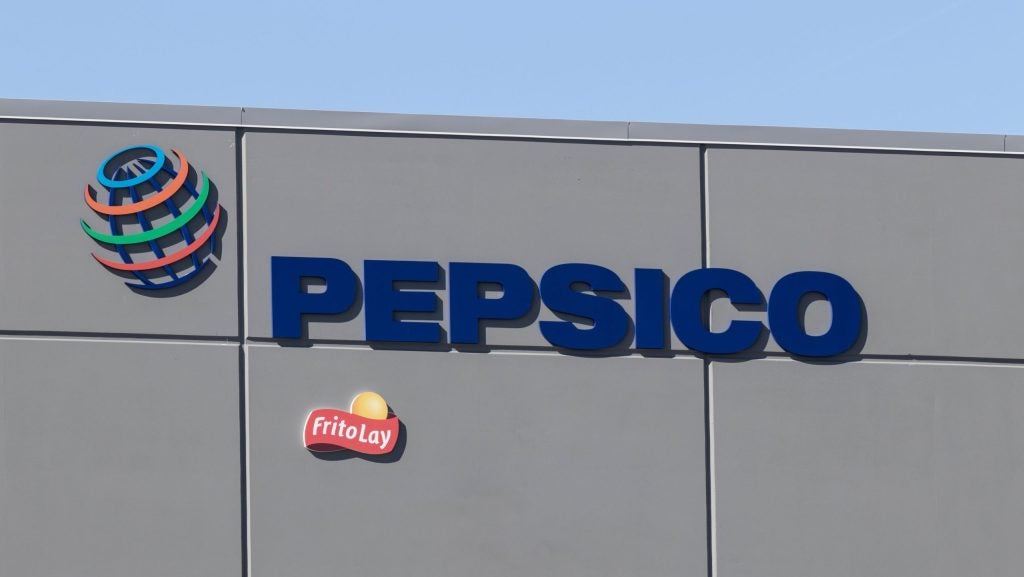Yoghurt has been a staple of European diets for decades but the US remains a fledgling market for the product. Demand, however, is growing. In a new monthly look at specific categories around the world, Dean Best looks at what is driving the growth of the US yoghurt market.
It’s not often that the US can be described as an emerging market.
However, when it comes to yoghurt consumption, Danone chairman and CEO Franck Riboud believes the US is exactly that.
For Riboud, the Activia maker’s emerging markets include the likes of Russia, Mexico Argentina – and the US, where per capita consumption of yoghurt lags behind markets in western Europe.
According to 2010 data from Euromonitor, measured at fixed exchange rates, US consumers ate GBP13.90 of yoghurt per person in 2010. In the UK, per capita consumption was GBP26.80. In Germany, it was GBP27.70 and, in Danone’s home market of France, consumers ate GBP35.30 of yoghurt per person.
See Also:
Euromonitor senior analyst Virginia Lee believes the reasons behind the difference in the levels of yoghurt consumption in the US and Europe in part have their base in history.
How well do you really know your competitors?
Access the most comprehensive Company Profiles on the market, powered by GlobalData. Save hours of research. Gain competitive edge.

Thank you!
Your download email will arrive shortly
Not ready to buy yet? Download a free sample
We are confident about the unique quality of our Company Profiles. However, we want you to make the most beneficial decision for your business, so we offer a free sample that you can download by submitting the below form
By GlobalDataUS consumers, she says, have grown up with breakfast cereal since W.K. Kellogg invented cornflakes in 1898. Yoghurt, Lee argues, was “popularised” in Europe by Danone, who began industrial production in 1919.
“American children have grown up with breakfast cereals which are often sweet and heavily marketed on TV,” Lee says. “I would say that children’s breakfast cereal is more fun for children than yoghurt is, given the wide range of colourful shapes, sweet fruity and chocolatey flavours, and bright packaging.”
Another factor is taste. “The American palate prefers sweet flavours while yoghurt has a tart flavor,” Lee explains. “As a result, Americans need to be sold on the health benefits of yoghurt in order to increase per capita consumption.”
US consumers, however, have taken to yoghurt in recent years, with sales continuing to grow strongly. In 2010, Lee estimates that sales were up 7-9%, with the market worth around US$6.57bn, up from $4.56bn in 2005.
The push-me-pull-you dynamic of growing demand for healthier products and companies’ success in pushing the healthy attributes of their yoghurt is seen as a key factor for the growth in sales. And that demand is driving NPD in the category. In January, General Mills, which holds the US licence to Yoplait, launched a reformulated version of its Yoplait Original line to include more calcium.
Sales of probiotic yoghurt, meanwhile, continue to grow in the US, with Euromonitor estimating rising sales for probiotic drinking yoghurt and probiotic spoonable yoghurt in 2010.
However, there have been well-publicised regulatory concerns over how Danone has marketed its probiotic products. In December, the company agreed to drop what US regulators labelled “exaggerated” health claims on Activia yoghurt and DanActive dairy drinks. Danone also agreed to pay $21m to 39 US states that had launched their own enquiries into its advertising. Of course, as well as the financial cost, there is the possible negative impact that the settlement could have on Danone’s reputation in the US.
In theory, ageing consumers could help probiotics and functional yoghurts more broadly but regulators will be watching with interest to see how Danone and its peers market their products.
Lee says yoghurt makers have had success in convincing consumers of the health benefits of probiotics but acknowledges that the headlines around Danone and Activia last year will make them more “sceptical” of the claims manufacturers make. That said, few consumers, she says, have the time or want to “dig deep” into health claims.
However, Lee is only predicting “steady growth” for probiotics in the US, with sales likely to grow at a slower rate than between 2005 and 2010. That growth, Lee argues, was driven by the 2006 launch of Activia in the US and she believes that Danone will find it difficult to attract new consumers to probiotics after being forced to “dial down” on the health claims it makes on Activia and DanActive.
Convenience is seen as another key underlying trend driving the category, with consumers taking to the ease of eating yoghurt. However, when talking to some of the leading players in the US yoghurt sector, it is clear that, even if a market as fledgling as the US, consumer demand is becoming more sophisticated.
“While consumers often come into the category for health, they choose their brand based on taste,” says Eric Galler, vice president and marketing director for Yoplait USA. “In terms of variety, no US brand offers more variety than Yoplait and we know that consumers’ need for variety continues to rise. For example, we know that many loyal Yoplait Light consumers purchase multiple (sometimes more than ten) flavours.”
Galler also argues that US consumers are looking to the yoghurt sector for what he calls “permissible indulgence”. He explains: “Permissible indulgence has caught on in yoghurt as consumers look to the category for healthy options that can address sweet cravings without the guilt.” And General Mills, Galler notes, is tapping into this trend in two of its lines – Yoplait Delights and Yoplait Light, products positioned to target the health-conscious consumer but one that has an increasing number of “dessert-inspired” flavours like Key Lime Pie and Apple Turnover.
General Mills’ US licence to Yoplait, which the company has held since 1977, gives it the number one yoghurt brand in the US. In 2009, Yoplait accounted for 30.8% of yoghurt sales in the US, according to Euromonitor. Danone’s namesake brand was second with 19.7% of the market. That said, the Euromonitor data also has Danone’s brands in the next four positions, giving the French company over 38% of the market.
However, while General Mills and Danone are the two leading players in the US yoghurt sector, they are, it seems, lagging behind a privately-owned, independent company in one of the segments driving the category – Greek yoghurt.
Sales of Greek yoghurt are booming. Greek yoghurt accounted for around 14% of yoghurt sales in the US in 2010 but sales more than doubled last year, with a jump of 135%, according to Euromonitor’s Lee.
What is behind the boom in Greek yoghurt? Click to part two of this month’s Category Crunch to find out more?






